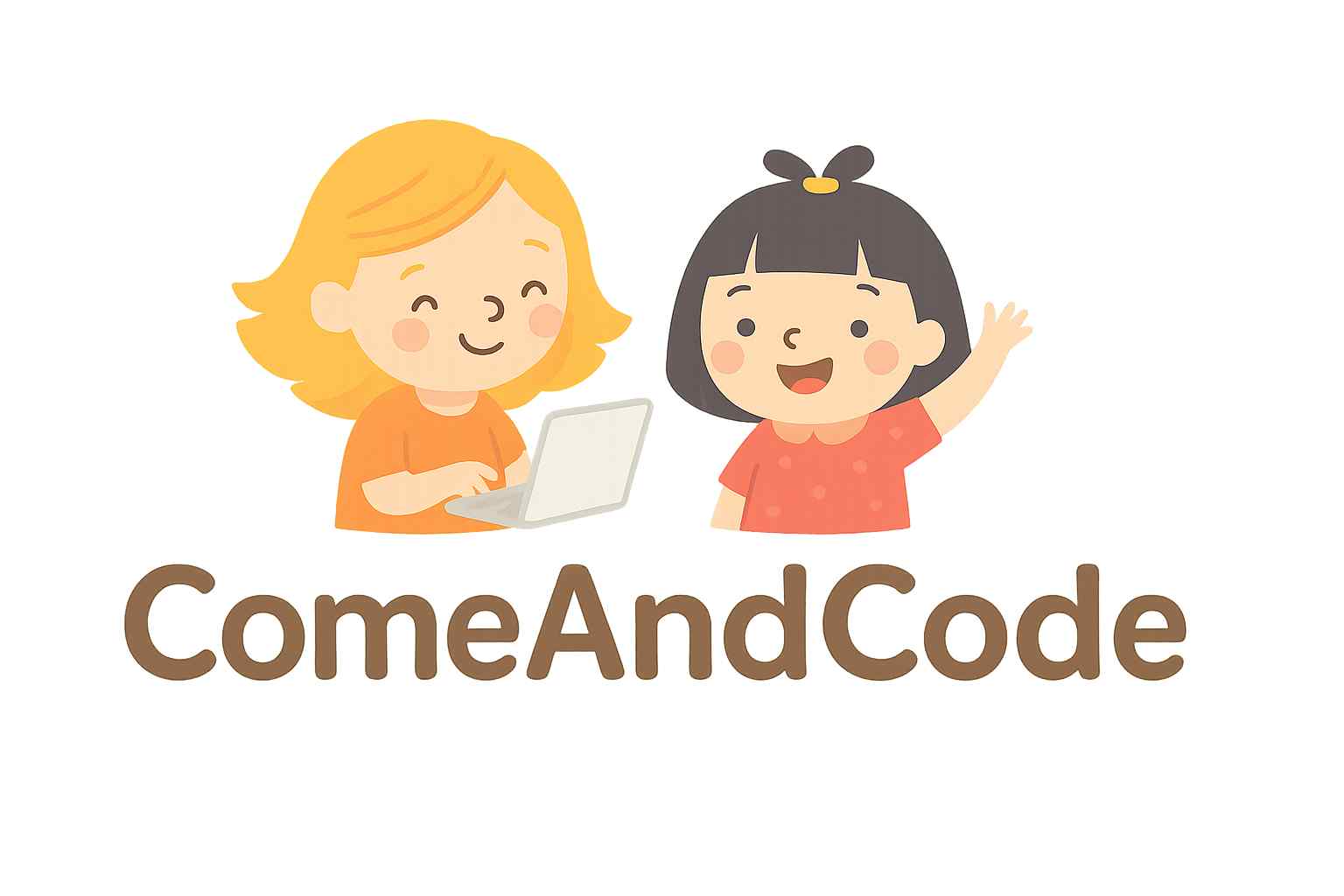Selecting the Perfect Coding Curriculum, coding has become an essential skill for young learners. As technology integrates into nearly every aspect of life, understanding programming concepts not only provides children with valuable technical skills but also enhances their problem-solving, logical thinking, and creativity. With so many coding programs available, parents often face the challenge of selecting the best curriculum for their child. This guide will walk you through key considerations and steps to make an informed decision.
Why Teach Your Child Coding?

Before diving into the specifics of choosing a curriculum, let’s understand why coding is so important for children:
1. Prepares for Future Careers
Technology-driven industries are booming, and coding proficiency is becoming a basic requirement in many fields. By learning coding at an early age, children gain a competitive edge for future opportunities.
2. Develops Problem-Solving Skills
Coding challenges children to break down complex problems into manageable parts, fostering analytical thinking and resilience.
3. Encourages Creativity
Programming allows children to create apps, games, and websites, turning their imaginative ideas into reality.
4. Improves Academic Performance
Learning coding often enhances math and logic skills, translating into better performance in school subjects.
Key Considerations When Choosing a Coding Curriculum
Not all coding programs are created equal. To select the right one for your child, consider the following factors:
1. Age and Skill Level
- For Ages 5-8: Look for beginner-friendly programs using visual block-based coding tools like ScratchJr or Blockly. These platforms introduce coding concepts playfully and engagingly.
- For Ages 9-12: Transition to platforms like Scratch or Tynker, which offer more complex projects while still being accessible.
- For Teens: Consider text-based programming languages like Python, JavaScript, or Java, which are widely used in the industry.
2. Learning Goals
Understand what you want your child to achieve:
- Do they need a foundational understanding of programming?
- Are they interested in game development, app creation, or robotics?
- Do they aspire to pursue advanced coding skills?
3. Curriculum Structure
A well-designed coding curriculum should include:
- Progressive Levels: Gradual increase in complexity to match the child’s growing skills.
- Hands-On Projects: Opportunities to apply concepts practically.
- Interactive Learning: Engaging lessons that keep the child motivated.
4. Teaching Methodology
- Self-Paced: Online platforms often allow children to learn at their own pace, ideal for independent learners.
- Instructor-Led: Live or recorded classes with expert guidance, providing structure and personalized feedback.
5. Reviews and Recommendations
Research testimonials, reviews, and recommendations from other parents to gauge the effectiveness of a program.
Popular Coding Platforms for Kids
Here are some of the top coding platforms that cater to different age groups and learning needs:
1. Scratch
- Best For: Ages 8-16
- Features: Visual, block-based programming; great for beginners.
- Strengths: Encourages creativity with game and animation development.
2. Code.org
- Best For: Ages 5+
- Features: Interactive lessons and games.
- Strengths: Curriculum designed for schools and beginners.
3. Tynker
- Best For: Ages 5-14
- Features: Block-based and text coding.
- Strengths: Step-by-step tutorials for game design and robotics.
4. Kodable
- Best For: Ages 4-10
- Features: Introduces coding through games.
- Strengths: Focus on younger children.
5. Mini Coders
- Best For: Kids of all ages.
- Features: Comprehensive coding classes tailored to children’s needs.
- Strengths: Expert instructors, engaging curriculum, and real-world project applications. (Visit Mini Coders for details.)
Tips for Evaluating a Coding Curriculum
1. Engagement Level
Children learn best when they are actively engaged. Choose a program that uses games, challenges, and storytelling to maintain interest.
2. Practical Application
Ensure the curriculum emphasizes hands-on learning with projects that align with your child’s interests, such as creating games, websites, or apps.
3. Parental Involvement
Some programs require minimal parental supervision, while others encourage collaboration. Decide what works best for your family dynamic.
4. Cost and Accessibility
Evaluate the program’s cost and ensure it provides value for money. Many platforms offer free trials or affordable plans.
5. Progress Tracking
A good curriculum should provide tools to track your child’s progress and achievements.
Balancing Screen Time
While coding involves screen use, it’s important to balance it with offline activities. Encourage breaks and combine coding with hands-on projects like building circuits or robotics kits to diversify learning.
Why Choose Mini Coders?

At Mini Coders, we specialize in delivering top-notch coding education tailored to young learners. Here’s what sets us apart:
1. Experienced Instructors
Our team comprises expert educators who excel in teaching complex concepts in simple, engaging ways.
2. Child-Centric Approach
We prioritize your child’s learning style and pace, ensuring they feel confident and motivated.
3. Comprehensive Curriculum
From foundational coding skills to advanced programming languages, our curriculum covers it all.
4. Interactive Learning Environment
We use fun, interactive tools, and projects to make learning enjoyable.
5. Affordable Plans
We believe quality education should be accessible to all. Explore our flexible plans on our website, Mini Coders.
Conclusion
Choosing the perfect coding curriculum for your child can seem daunting, but with the right considerations, it becomes a rewarding decision. Focus on your child’s interests, age, and skill level while evaluating available programs. Platforms like Mini Coders provide a nurturing environment where your child can thrive in the world of coding.
Start your child’s coding journey today, and watch as they unlock their potential in the ever-expanding digital landscape.
